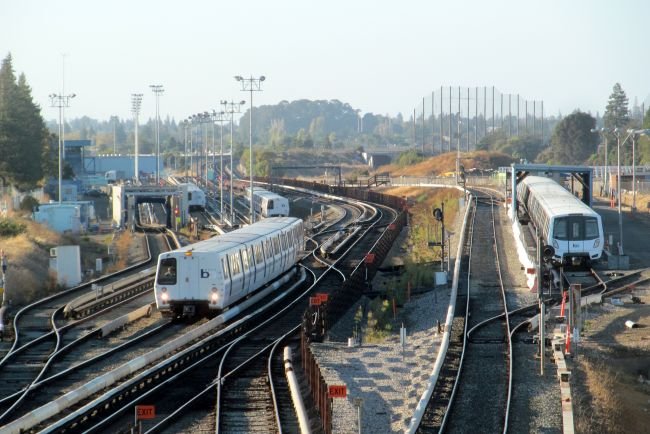Moving coast to coast is never a small decision, and relocating to San Francisco presents unique advantages and challenges that are quite different from New York life. From the climate and culture to the housing market and job landscape, understanding what to expect can help ease your transition. If you’re moving cross country, here’s a comprehensive guide to prepare you for what lies ahead.

In the second paragraph, let’s cover the move itself. Moving to San Francisco from New York typically means hiring a long-distance moving company that can handle everything from logistics to insurance. Since this is a high-cost route, prices can range from $4,000 to $9,000 depending on the size of your move and the services you choose. It’s wise to schedule your move at least 6–8 weeks in advance, especially if you’re moving in the summer when demand is highest. Look for movers who specialize in cross-country relocations and can provide tracking, clear delivery estimates, and protection for fragile or valuable items.
Adjusting to a New Pace of Life
New York and San Francisco are both dynamic urban hubs, but the pace of life is very different. While NYC thrives on speed, energy, and constant movement, San Francisco tends to move a bit slower and leans heavily into work-life balance, wellness, and social responsibility. The city is also less noisy, less crowded, and more relaxed, especially outside of the downtown core.
You’ll also notice that people dress more casually and embrace a more outdoorsy lifestyle. The city’s tech-forward culture blends with activism and environmentalism, making for a socially conscious and innovative atmosphere.
Housing and Cost of Living
Though New York is expensive, don’t expect dramatic savings in San Francisco. In fact, rental prices in SF often rival Manhattan, especially in popular neighborhoods like SoMa, the Mission, and Noe Valley. That said, many apartments in San Francisco offer more square footage, updated interiors, and easier access to nature or quiet surroundings compared to NYC’s tiny spaces and constant street noise.
If you’re planning to buy property, know that San Francisco’s housing market is one of the most competitive in the nation. The upside is that property values tend to appreciate quickly in well-connected neighborhoods, offering long-term investment potential.
Weather and Transportation Differences
One of the biggest perks of moving west is the mild, temperate climate. Unlike the sweltering summers and frigid winters of New York, San Francisco stays cool year-round with temperatures generally between 50 and 70 degrees. However, microclimates in the city mean it could be sunny in one neighborhood and foggy in another, so always dress in layers.

Public transportation in San Francisco includes Muni buses, light rail, and BART trains. While not as comprehensive as NYC’s 24/7 subway system, it’s reliable and sufficient for most commutes within and around the Bay Area. That said, many residents still rely on cars or bikes, depending on where they live and work.
Making the Most of the Move
To make your transition smoother, research neighborhoods thoroughly. If you’re looking for a walkable community with vibrant nightlife, the Mission or Hayes Valley may be ideal. If you prefer a quieter, residential area with access to parks, the Sunset District or Bernal Heights might suit you better.
Professionally, San Francisco offers strong opportunities in tech, biotech, design, and entrepreneurship. Networking early—both online and in-person—can help you land on your feet more quickly.
With its unique charm, career opportunities, and natural beauty, moving to San Francisco from New York can be the beginning of a bold and rewarding new chapter. With the right planning and mindset, you’ll find yourself thriving in one of the country’s most dynamic and picturesque cities.
